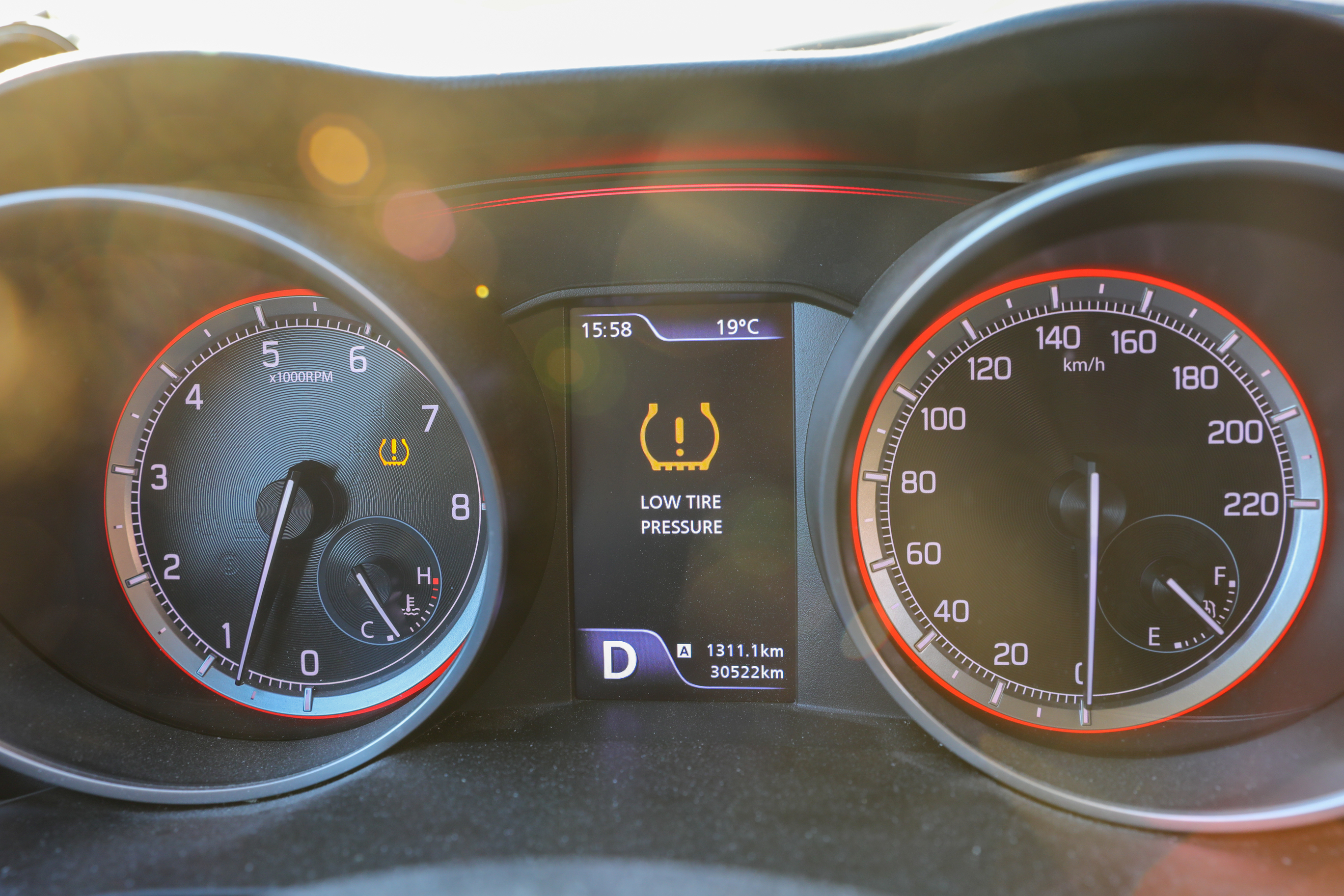Your Shopping Cart
Your cart is empty.
Subtotal ( items)
Instant Rebate Applied:
Promo Code Applied: ID.me Discount Applied:
Have a Promo Code?
Size:
Item
Item
Selected for:
/ each
Add-Ons
Wireless air pump capable of pumping up to 150 psi with 2000 MAH power bank.



Fully protect your clothes and vehicle interior during transportation of your tires. For Tires up to 31" tall and wheels up to 22".
Per sensor
Add TPMS Sensors
/per sensor
Please confirm the make, year, model and trim of the vehicle you want to purchase for:
How many sensors do you need?
The vehicle you have selected is not compatible with aftermarket TPMS Sensors.
Enter a different vehicle to add TPMS sensors

 Front Tire Size:
Front Tire Size:
 Rear Tire Size:
Rear Tire Size:
 Your Vehicle:
Your Vehicle:
Pros & Cons of Staggered Fitment

Attractive Design

Improved Handling

Improved Cornering
Bumpier Ride
Poor Traction in Snow
How do I find my tire size?



Need help?
 Your Vehicle:
Your Vehicle:
Pros & Cons of Staggered Fitment

Attractive Design

Improved Handling

Improved Cornering
Bumpier Ride
Poor Traction in Snow
How do I find my tire size?



Need help?
Pros & Cons of Staggered Fitment

Attractive Design

Improved Handling

Improved Cornering
Bumpier Ride
Poor Traction in Snow
Need help?
Need help?
How do I know if I have an LT tire?

 Your Vehicle:
Your Vehicle:
Sorry, we could not find any available
wheels for your sizing selections.
Need help?
Understanding Tire Pressure Monitoring Systems: What Is TPMS?
By Tire Agent Staff
June 16, 2022
- What's the flat tire signal on the dashboard mean?
- What are tire pressure monitoring systems?
- How does a tire pressure sensor work?
- What should you know before change a tire wtih TPMS?

A TPMS can function in a few different ways, and it’s important to know how your TPMS works, so you’re aware of how to maintain it and, in some situations, why it may not detect tire pressure loss.
In this article, we’ll be going through everything there is to know about a TPMS, so you know what it means when that little icon lights up.
How Do TPMS Work?
If the TPMS icon lights up, that means that an electronic system connected to your tires has detected a discrepancy in your tire pressure. This doesn’t always mean your tire has a leak or puncture, as it may have lost pressure over time to the point where the system has detected an issue.
However, depending on your vehicle, you may have a Direct TPMS or an Indirect TPMS. So, what’s the difference?
Flashing vs solid TPMS
If your TPMS light is solid, that indicates an issue with your tire. Usually, it means one or more tires is at least 25% below the recommended tire pressure. If your TPMS light is flashing, that indicates a problem with the TPMS system, so it's time to visit the dealership.
Direct TPMS (dTPMS)
A direct TPMS will have an electronic pressure gauge sensor on the rims of all four of your tires. If one or more of the tires has tire pressure below the recommended amount for your tires, your car’s computer will detect the discrepancy and activate the warning light.
All dTPMS will have gauges attached to your rims, however the way that the system extrapolates the data is dependent on whether you have a High Line or Low Line System.
- High Line TPMS
A high line system will have an active monitor for the individual pressures of each of your tires. The high line system will periodically receive information from the electronic gauges on your tires while the vehicle is running. Each sensor will have a unique indicator, so you’ll know the current pressure of your tires. You know that a car has a high line system if you can view the PSI of each tire somewhere on the dashboard. This is the most expensive system that allows you to actively monitor your tire pressure.
- Low Line TPMS
Low line systems do not have active monitoring. Rather, they send tire pressure readings at regular, or random, intervals. If the system detects an issue, the low-pressure light will turn on. Depending on your low line system, it may take readings more frequently to account for sudden changes in temperatures. If you see the light turn on in a low line system, you’ll still need to get out of your car with a manual pressure gauge to check which tire is having an issue.
Indirect TPMS (iTPMS)
An indirect TPMS is a cheaper option that works with your anti lock braking system (ABS). An ABS monitors your tire rotation speed so that the driver can maintain control in emergencies. An iTPMS doesn’t have sensors on the tires, instead working with the part of the ABS that senses tire rotation speed to check if there is a discrepancy.
An indirect TPMS is like an investigator that cross-references your tire rotation data with your accelerometers to determine if there’s an issue. This works because low-pressure tires will be slightly smaller due to less air being inside. With a smaller diameter comes a slightly different wheel speed and the iTPMS kicks in, activating the icon on your dashboard.
An iTPMS will need to be re-calibrated if you get new tires or if the pressure changes for any reason. This system will also not work if all four of your tires lose pressure simultaneously, as the system looks for discrepancies between the rotations of the individual tires.
Do You Have Tire Pressure Sensors?
We mentioned earlier that vehicles made after 2008 will have some sort of system, but it’s a bit more complicated than that.
In September of 2007, the National Highway Traffic Safety Administration enacted a law that all vehicles under 10,000 pounds had to have a TPMS, as low tire pressure is a potential safety concern.
However, according to Schrader TPMS Solutions, 70% of new vehicles from Sept. 1, 2006, to August 31, 2007, had a pressure monitoring system. Beyond 2007, all new vehicles would require a system installed.
You can check your owner's manual to see what type of TPMS you have. Your dashboard will also have the standard low tire pressure indicator if you have a system. You can look for it when you turn your key ignition to the “ON” position.
Changing Tires When You Have a TPMS
If you get a new set of tires, you’re usually getting a set that has around the same pressure, size, and rotation speed as your previous set. However, you may still need to recalibrate your TPMS depending on what system you have.
A direct TPMS is the easiest, as the computer will make the adjustments automatically after a few miles of driving. You may notice the low-pressure reading at first, but this will likely go away. If the light persists after a few minutes, there may be an issue with the tires or the system, and you’ll need to take it back to the installer you used.
An indirect TPMS requires more calibration, as the system will have to be manually reset. You may be able to do this on the dashboard, but it will be specific to your vehicle. Consult your owner's manual if you know that you have an indirect TPMS.
Replacing and Maintaining a TPMS
A TPMS will need to be monitored and checked up just like any other part of your car. A direct TPMS has sensors that run on batteries, which can corrode or run out of power over time. If you live in a snowy area with a lot of road salt, your TPMS battery life may be shorter than most. According to Redi-Sensor, TPMS batteries have a lifespan of somewhere between 5 and 10 years
Because the sensors are inside the tire rim, it can be a pain to replace if you’re not regularly having them checked on during tire replacement or regular maintenance. Ask your mechanic to check on your TPMS when they’re replacing your tires, as it’ll save you money in the long run.
ID 227368547 © Magiorestock | Dreamstime.com
How to Qualify for the $50 Offer
- Add items to your cart and begin checkout.
- Select PayPair and apply for financing.
- If you’re approved by a participating lender, you’ll see a $50 promotional rebate applied to your order total.
-
To receive the $50, you must:
- Complete your purchase with a qualifying lender,
- Agree to the payment terms,
- And make the required number of consecutive on-time payments, as specified by the lender.
Note: Offer available only through select lenders. Additional eligibility requirements and conditions apply. Rebate may be issued after verification of qualifying payment activity. Terms subject to change.
How to Purchase Tires and Wheels
With a Payment Plan
Tire Agent's payment plans make it easy to get the best partial or full set of tires and wheels for your vehicle.
It's fast, secure and won't affect your credit score
Match with multiple lenders
Why Choose PayPair?
PayPair’s Partners and Plans

No Money Down

No Money Down

No Credit Needed*

No Money Down

$1 to Start!*

No Money Down

No Credit Needed*

$1 to Start!*

No Money Down
Other Payment Plans

$0 to Little Down

Pay with your bank account

Simplified checkout experience

Faster and easier than using cards or cash

Simplified checkout experience

Faster and easier than using cards or cash
*SNAP: The advertised service is a lease-to-own agreement provided by Snap RTO LLC. Lease-to-own financing is not available to residents of Minnesota, New Jersey and Wisconsin. NO CREDIT NEEDED: Not all applicants are approved. While no credit history is required, Snap obtains information from consumer reporting agencies in connection with applications, and your score with those agencies may be affected. PAYMENT PLAN: The standard plan consists of renewable lease terms. To exercise an early ownership, consumers must make regular payments on time and schedule additional payments via the customer portal or by contacting Customer Care at 1-877-557-3769. KATAPULT: The Promotional Initial Payment (plus any applicable taxes and fees) is due at lease signing. Your lease-purchase payment amount will be determined after you select your product(s). You will not acquire ownership of the product(s) if the total amount necessary to acquire ownership is not paid. The Promotional Initial Payment does not reduce the cost of the lease-purchase agreement. The Promotional Initial Payment is only available when shopping at Tire Agent through the Katapult mobile app and at Tire Agent’s website. Product pricing subject to change and availability. Disclosure: 90-day early purchase option (EPO) terms and conditions apply: 90-Day (3 months in CA) You can buy out your lease-to-own agreement within the first 90-days. This amount includes the cash price, plus the lease-to-own cost for the first 90-days. Taking advantage of the 90-day purchase option will save you the most money! PROGRESSIVE: Ownership by rental/lease agreement with Progressive Leasing costs more than the retailer’s cash price. Select items only. Cancel or purchase early at any time. Not available in MN, NJ, VT, WI, WY. Progressive Leasing obtains information from credit bureaus. Not all applicants are approved. Standard agreement offers 12 months to ownership. 90-day purchase options cost more than the retailer’s cash price (except 3-month option in CA). To purchase early or to cancel lease, you must call 877-898-1970. Retailer cannot activate early purchase options.

